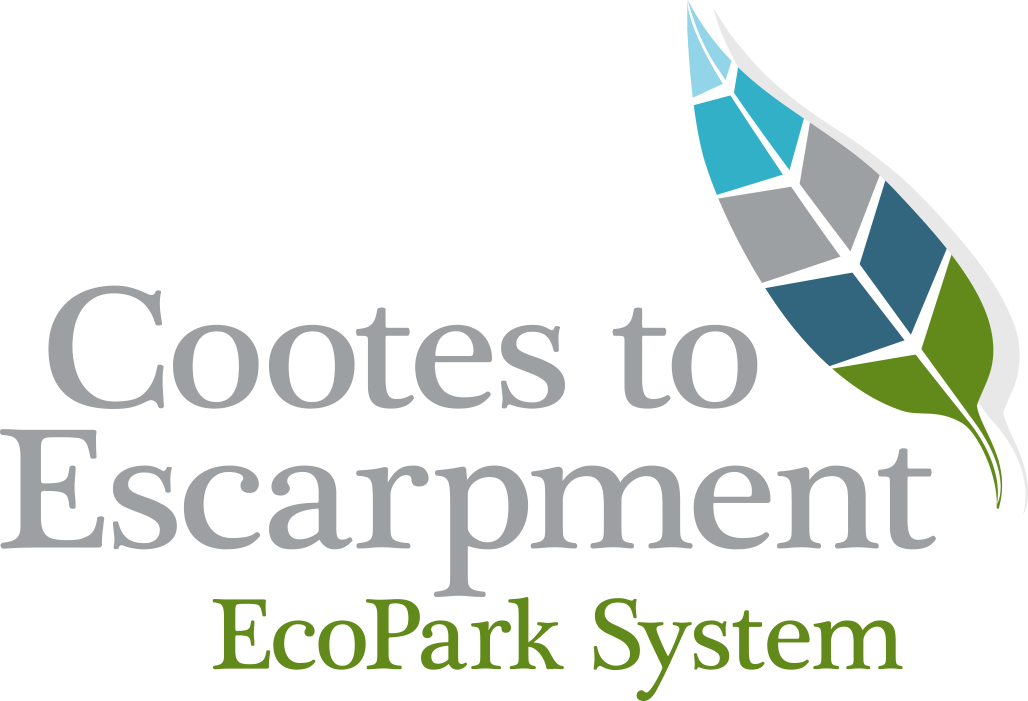Ontario’s Near Urban Nature Network
The dual crises of climate change and rapidly accelerating biodiversity loss have spurred international action, including a commitment from the Government of Canada to conserve 25 per cent of Canada’s lands, freshwater, and oceans by 2025, working toward 30 per cent by 2030. With support from the Government of Canada and Government of Ontario, the Southern Ontario Nature Coalition (SONC) released its Final and Technical reports in 2021, sharing important insights and solutions to biodiversity lost through a Near-Urban Nature Network.
SONC is a group of experienced provincial, regional, and community-based conservation organizations, land-based policy experts, and Indigenous consultants, including the Cootes to Escarpment EcoPark System. The Coalition is committed to engaging Indigenous communities in accordance with community protocols and the development of ethical space for all to contribute meaningfully.
The “Near-Urban Nature Network: A Solution to Climate Change and Biodiversity Loss” report outlines solutions for federal and provincial governments and community-oriented calls-to-action, which will help all levels of government to reach the goal to halt and reverse biodiversity loss by 2030 in Canada. These opportunities include:
Increasing Protection of Natural Cores and Corridors
Restoring Natural Infrastructure for Climate Resilience and Greenspace
Stewardship and Public Engagement
Meaningful Indigenous Collaboration and Leadership
Southern Ontario contains the highest concentration of species-at-risk, where biodiversity continues to be at greatest risk due to rapid urban development. An interconnected network for nature is urgent, building on the Greenbelt’s natural heritage system as a critical ecological corridor. Increased action to protect, connect and restore nature in the region will strengthen climate resilience to increasing threats of flooding and extreme heat and provide greater access to greenspace
Meaningful protection of Canada’s biodiversity must include a focus on near-urban areas, which are critical to environmental sustainability and contain some of the country’s highest levels of biodiversity in the country.
Read the Final, Technical and Summary project reports that provide key recommendations for federal and provincial governments and community-oriented calls-to-action, which will help all levels of government to protect near-urban nature across the country:
